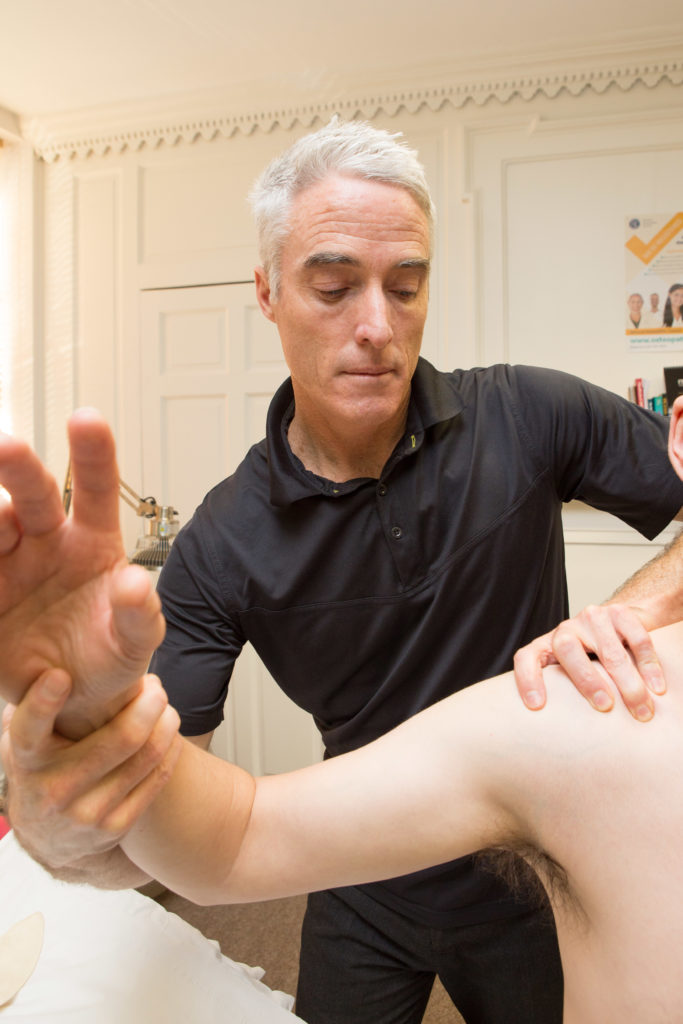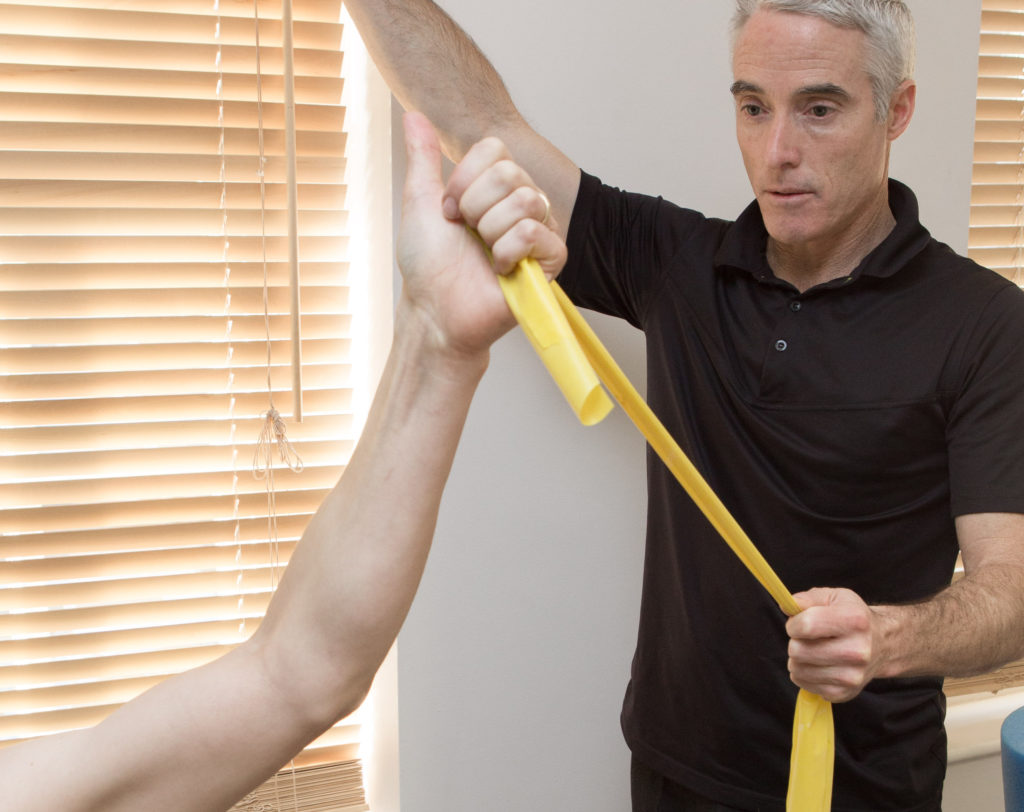Frozen Shoulder Treatment using the Neil-Asher defrost programme is a non-invasive way of treating this painful condition that reduces pain and increases movement without forcing the shoulder joint.
A study at Addenbrooks Hospital showed this technique to have an 85% success rate in reducing pain and increasing movement in this debilitating condition.



How does it differ from conventional treatments?
Conventional treatment is usually anti inflammatories, physical therapy to decrease muscle spasm and trying to push the shoulder into a greater range of movement. The next step is cortisone injections and if this fails in persistent cases manipulation under anaesthetic may be suggested. This is not always successful and is usually a last resort.
We do not force the arm; instead you keep it still whilst we apply the pressure, our treatment can still be painful, especially in the early freezing phase, but it is no worse than the pain of the frozen shoulder. Depending how long you have had the problem and which phase you are in, results can be seen in as few as 4 sessions (range 4 –13). The results can be dramatic and fast and the method is ‘totally natural’.
We believe it should be the first line of treatment before injections and or surgery.
There are many reasons for shoulder pain
- Frozen Shoulder
- Impingement Syndrome
- Painful Arc Syndrome
- Poor posture
- Rotator Cuff strains and tears
- Arthritic shoulders
What is a frozen shoulder?
Frozen shoulder or adhesive capsulitis is a debilitating condition which can come on for little or no reason. The shoulder joint stiffens and becomes extremely painful. It affects between 2 and 5 % of the population. It tends to affect people mostly between the ages of 40 and 60. About 12% of people will have it in both shoulders. It is more likely to occur if you are diabetic and can sometimes occur after surgical treatment for breast cancer.
Frozen shoulders usually pass through 3 stages
Phase 1
The freezing stage which is very painful both in the day and at night time therefore disturbing sleep. Pain can be deep in the shoulder or on the outer arm and often there is a catching sensation on certain movements. Alongside the pain the shoulder becomes stiffer. This may last from 3 to 8 months.
Phase 2
The frozen stage where the pain is still present but usually a little less intense but the shoulder is now very restricted. So much so that personal hygiene and hair care can become a real chore. This stage may last from 4 to 12 months.
Phase 3
The thawing stage when movement is regained although not always to its previous level and the pain is diminished. This may last from 4 to 12 months.
How does the Neil-Asher technique work?
Our shoulder joints rely on smooth co-ordinated movements between several muscle groups. With a frozen shoulder there is a mass of inflammation in the joint capsule and around the biceps tendon.
This technique ‘fools’ the body/brain into healing itself by addressing the two main components of the problem – pain and stiffness.
Initially the technique aims to significantly reduce the pain, by treating the swelling around various shoulder tendons (especially the biceps tendon).
Following this, the technique moves on to improve the range of shoulder motion by stimulating a unique sequence of reflexes hidden within the muscles. By using a series of massage and joint movements that trigger reflex responses in a specific order to give the brain feedback to reset the signals to the shoulder muscles to allow them to co-ordinate and function more normally again.
